Knowing that flowers only bloom for a brief period adds to their transience. We naturally want to retain their beauty by pressing flowers and turning them into artwork. Practicing to press flowers, however, may seem daunting for some. DIY-ing without understanding how certain plants will dry can result in a failed press. Read on to equip yourself with the necessary knowledge of pressed flower art.
Materials for Pressed Flower Art
Pressing flowers requires a few basic materials:
- Fresh Flowers: The heart of pressed flower art lies in the selection of flowers. Choose a variety of flowers with vibrant colors and diverse shapes. Ensure they are fresh and free from blemishes to capture their beauty at its peak.
- Absorbent Paper: While specialized flower press paper is available, you can also use parchment paper or the pages of a heavy book. The key is to have a material that will absorb moisture.
- Books or Flower Press: A flower press is designed specifically for this purpose and provides even pressure. However, heavy books can serve the same function, pressing the flowers between their pages.
- Weights: Small, heavy objects like stones or additional books apply consistent pressure to help flatten and dry the flowers.
- Tweezers: For delicate handling of pressed flowers during the arrangement process. Using tweezers ensures that the fragile, dried flowers remain intact as you create your pressed flower art.
CHRIS KARPIAK⎟ SOMERSET STUDIO AUTUMN 2023
Choosing the Right Flowers
The quality of blooms used in pressed flower art differs among varieties. Some flowers dry beautifully, retaining their vibrant colors and intricate details. Yet others may become discolored or lose their shape during the drying process. Here's a list of flowers known to work well for pressing.
1. Daisies
With their simple yet charming appearance, daisies are excellent candidates for pressed flower art. Their flat, open faces and thin petals flatten and maintain their shape easily.
2. Pansies
Pansies boast diverse colors and intricate patterns, making them ideal for pressed flower arrangements. Their petals are relatively thick, which helps retain their form.
3. Larkspur
Larkspurs, known for their tall spikes of vibrant, spurred flowers, press exceptionally well. The key is to use them before they reach full maturity while properly preserving the delicate petals.
4. Ferns
Albeit not technically flowers, ferns are a common choice for pressed foliage due to their intricate and symmetrical patterns. Their leaves add a touch of greenery and texture to pressed flower compositions.
5. Lavender
With its fragrant blooms and slender stems, not only is lavender visually appealing, but it also dries well. Including lavender in your pressed flower art can add a lovely aroma to your creations.
6. Baby's Breath
This delicate filler flower is often in bouquets, and its small, dainty blooms press beautifully. It adds an airy and ethereal quality to your flower arrangements.
7. Rosebuds
Pressing full-blown roses can be challenging due to their thick, fleshy petals, but rosebuds work wonderfully. Choose buds that are just beginning to open for the best results.
8. Daffodils
While many bulb flowers don't press well, daffodils are an exception. Their petals are sturdy enough to withstand the pressing process without losing their sunny yellow hue.
LYNNE MONCRIEFF⎟ SOMERSET STUDIO SPRING 2023
Unsuitable Flowers for Pressed Flower Art
Now that we've highlighted some excellent choices for pressed flower art, it's essential to note which flowers are less suitable for this preservation technique. Here are some flowers you might want to avoid pressing.
1. Thick-Petaled Flowers
Flowers with thick or fleshy petals, such as orchids or roses in full bloom, are challenging to press effectively. The moisture content in these petals often leads to discoloration and an undesirable texture.
2. Large Flowers with High Water Content
Flowers with high water content, like succulents or hydrangeas, are not ideal for pressing. Their nature makes it difficult to dry completely, resulting in a mushy appearance.

3. Flowers with High Oil Content
Some flowers, like lilies and tulips, contain oils that can stain the pressed petals and lead to discoloration over time. If you want to include these flowers in your pressed flower art, take precautions to prevent oil transfer.
4. Flowers with Irregular Shapes
Flowers with irregular shapes, such as some types of orchids or hibiscus, can lose their distinctive form when used in pressed flower art.
5. Bulb Flowers
While daffodils are an exception, many bulb flowers, including tulips and irises, don't press well. Their structure often makes it challenging to preserve their shape and color.
CINDY KOVACK⎟ SOMERSET STUDIO SPRING 2022
The Preparation Phase of Pressed Flower Art
Once you've selected the right flowers for your pressed flower art, follow these steps to prepare your flowers for pressing.
- Harvesting: Choose flowers in peak condition, preferably just before they reach full bloom. Early morning or late afternoon is the best time to harvest, as the flowers are less likely to be stressed by heat.
- Remove Excess Moisture: Moisture is the enemy of pressed flower art. Remove dew or excess water from the flowers by gently blotting them with a paper towel.
- Selecting the Right Stage: For flowers with multiple stages of development, such as roses, choose buds that are just starting to open. Doing so ensures the petals are at their most delicate and pliable.
- Flattening: For flowers with thick centers, like daisies or pansies, you may need to flatten them slightly before pressing. Press the center of the flower gently with your fingers to create a flatter profile.
- Trimming and Arranging: Trim excess stems and leaves to create a clean and compact arrangement. Arrange the flowers between sheets of absorbent paper, such as newsprint or blotting paper, ensuring they are not touching.
KIM COLLISTER⎟ SOMERSET STUDIO WINTER 2022
The Pressing Process
Now that there's proper preparation, it's time to start the pressing process. There are several methods for pressing flowers, each with its own merits. Here are two popular ones.
Traditional Pressing with Books
- Place the arranged flowers between sheets of absorbent paper within the pages of a heavy book.
- Stack several books on top to apply even pressure.
- Leave the flowers to press for 2-4 weeks, checking periodically for dryness.
Remember that patience is crucial during the pressing process. Rushing can lead to poor results, so resist the temptation to check on your flowers more than needed.
Microwave Pressing
- Arrange the flowers between layers of absorbent paper, as you would with traditional pressing.
- Place the entire stack between two ceramic tiles, then secure it with rubber bands.
- Microwave the stack at 30-second intervals until the flowers are dry, checking regularly to prevent overheating.
Precautions and Considerations
In addition to avoiding certain flowers, there are other precautions and considerations to keep in mind to ensure the longevity of your pressed flower art:
- Avoid Direct Sunlight: While pressed flowers can add a touch of nature to your living space, they're sensitive to sunlight. Prolonged exposure can cause fading and discoloration. Display your pressed flower art away from direct sunlight or use UV-resistant glass in frames.
- Protect from Moisture: Pressed flower art is susceptible to moisture, which can lead to deterioration and mold. Keep your creations in a dry space and avoid hanging them in areas prone to humidity.
- Use Acid-Free Paper and Materials: Acid-free paper and materials are essential for preserving the colors and integrity of pressed flowers. On the other hand, acidic materials can contribute to the breakdown of the flowers over time.
- Frame with Care: When framing your pressed flower art, properly seal it to prevent dust and moisture from entering. Use acid-free matting and backing to create a protective barrier around the flowers.
- Experiment with Preservation Techniques: If you want to enhance the longevity of your pressed flowers, consider experimenting with preservation techniques such as resin encapsulation. This method encases the flowers in a clear resin, providing additional protection and a glossy finish.
If you want more tips and instructions on pressed flower art or how to incorporate pressed flowers into your mixed-media art, check out our Somerset Studio magazine. Peek inside, and you'll find 176 pages filled with artwork, techniques, on-trend projects, and artistic prompts. Click here.
Read more

What seamlessly blends artistry, writing, and personal reflection? Art journaling goes beyond creating aesthetically pleasing pages. As a form of self-expression with multiple therapeutic benefits, it provides a safe and suppor...
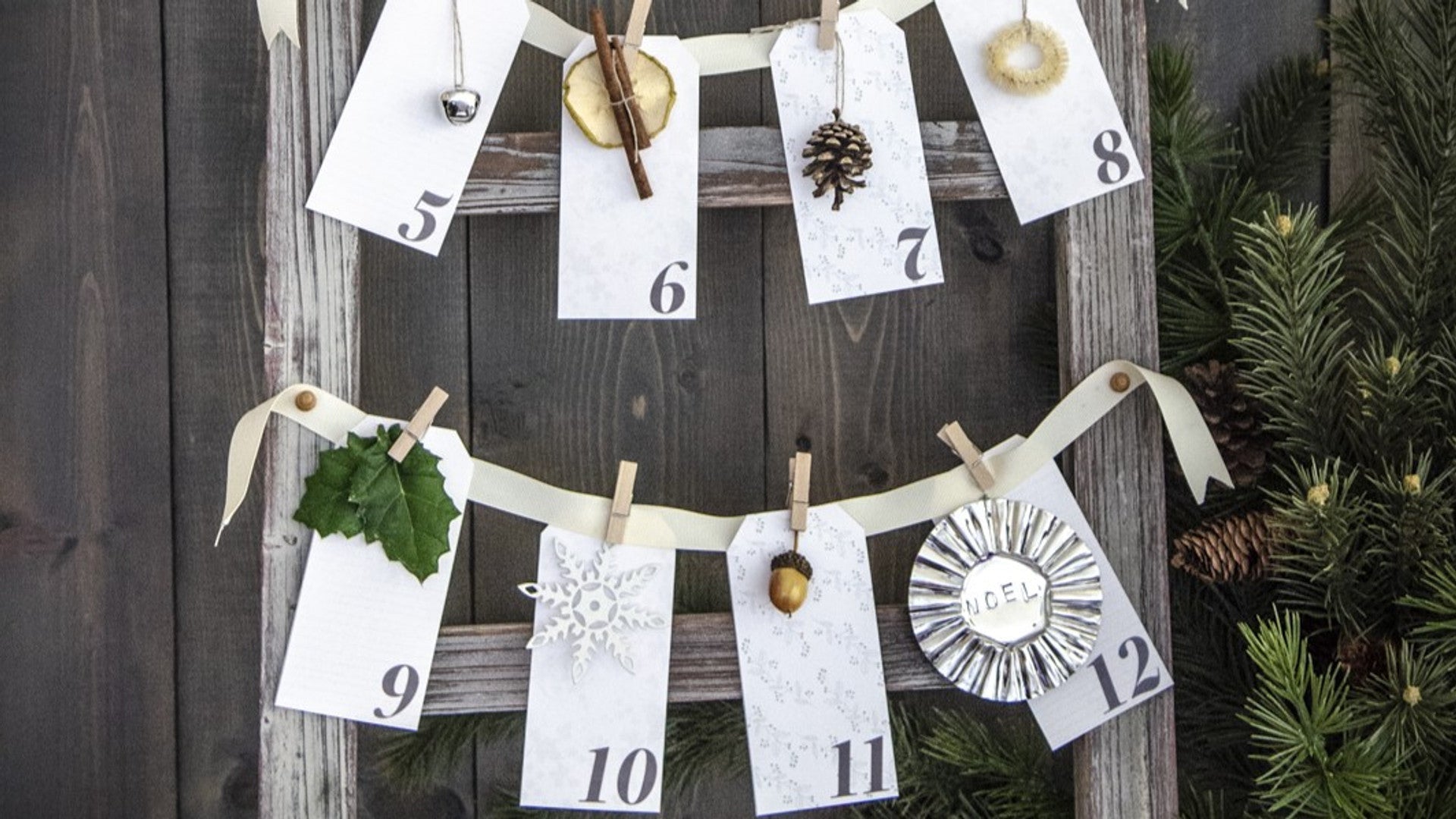
I’ll never forget the excitement I felt every year on December 1st as a child when my mom would unveil that year’s advent calendar. It was usually bought at the local big box store and constructed from cardboard. Each day, my b...


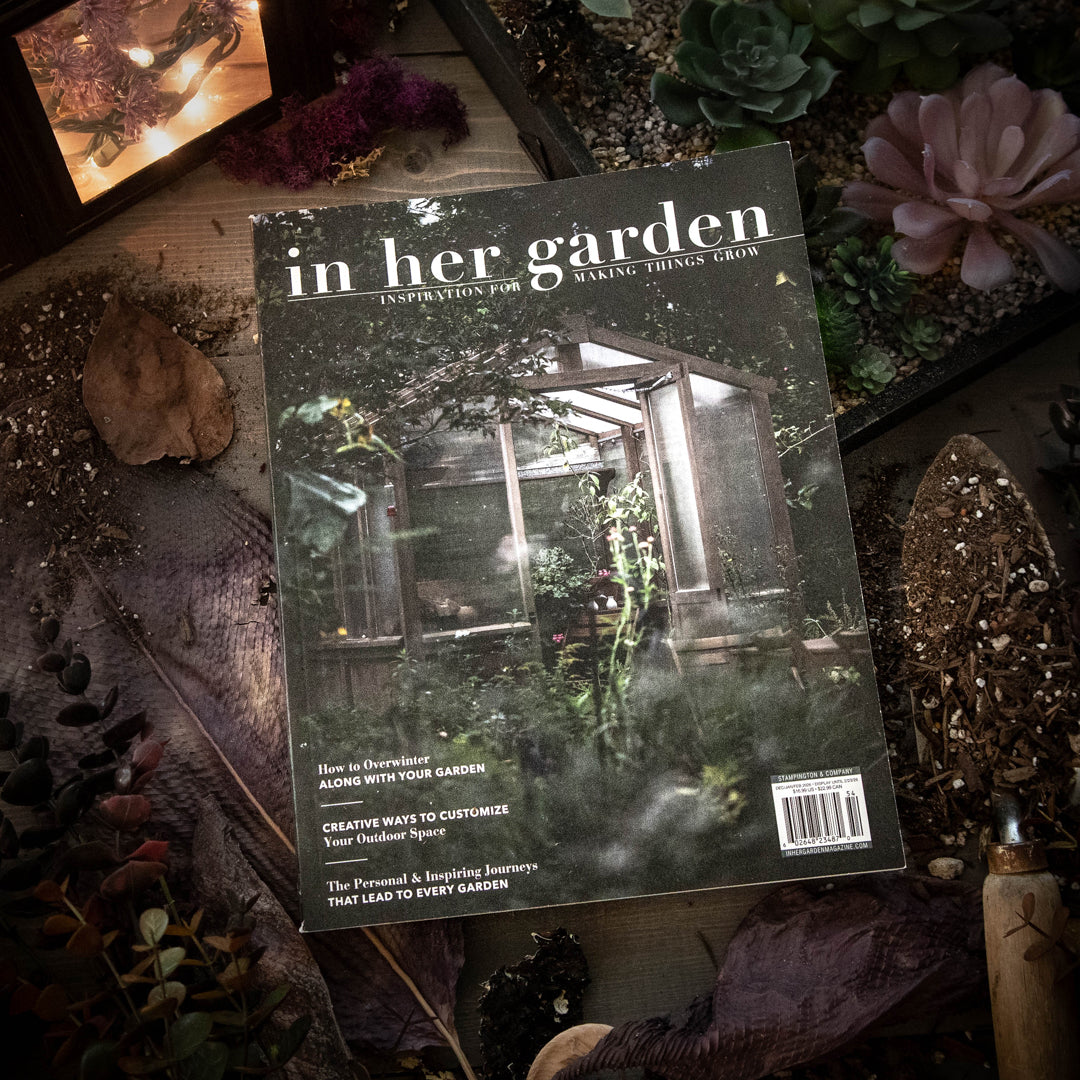

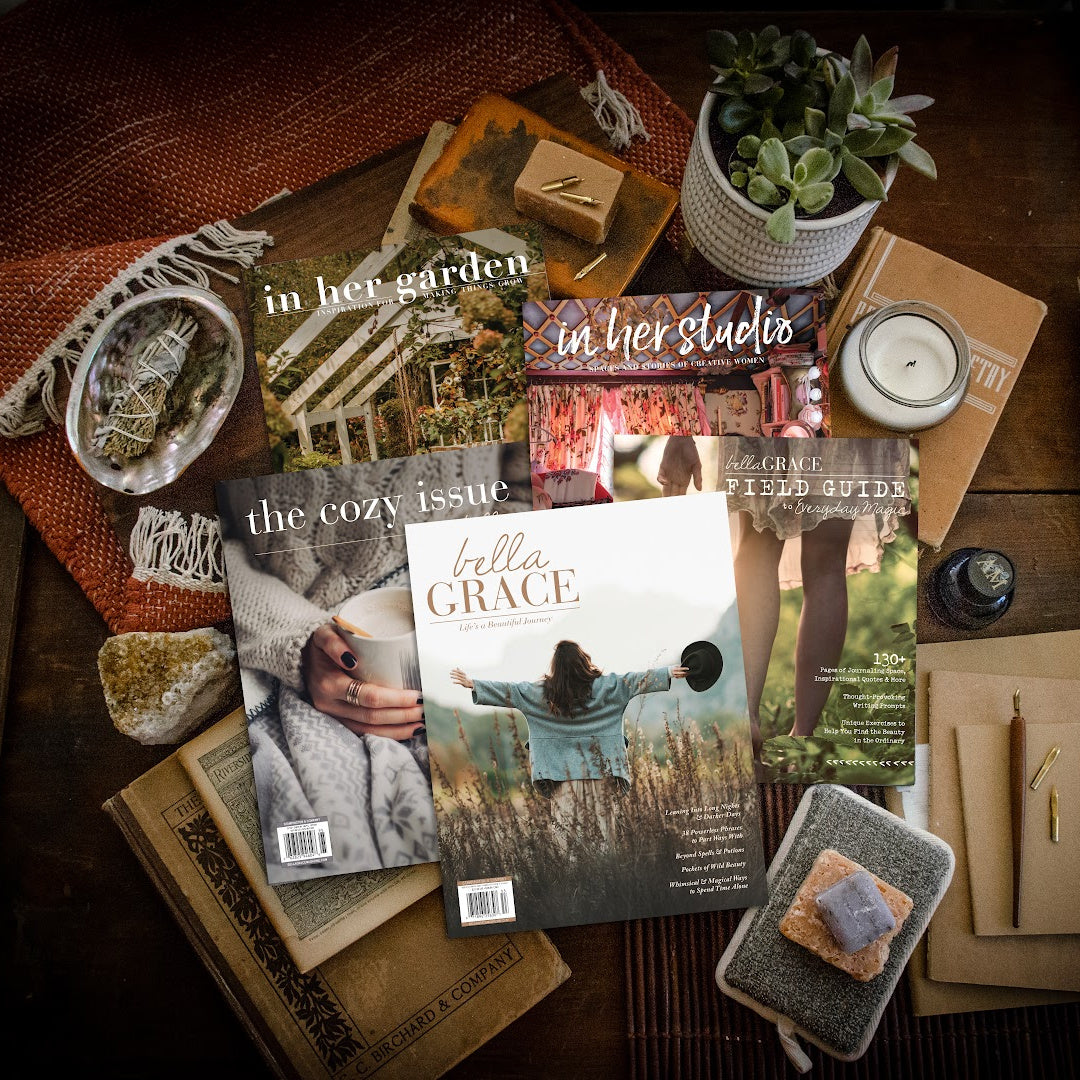
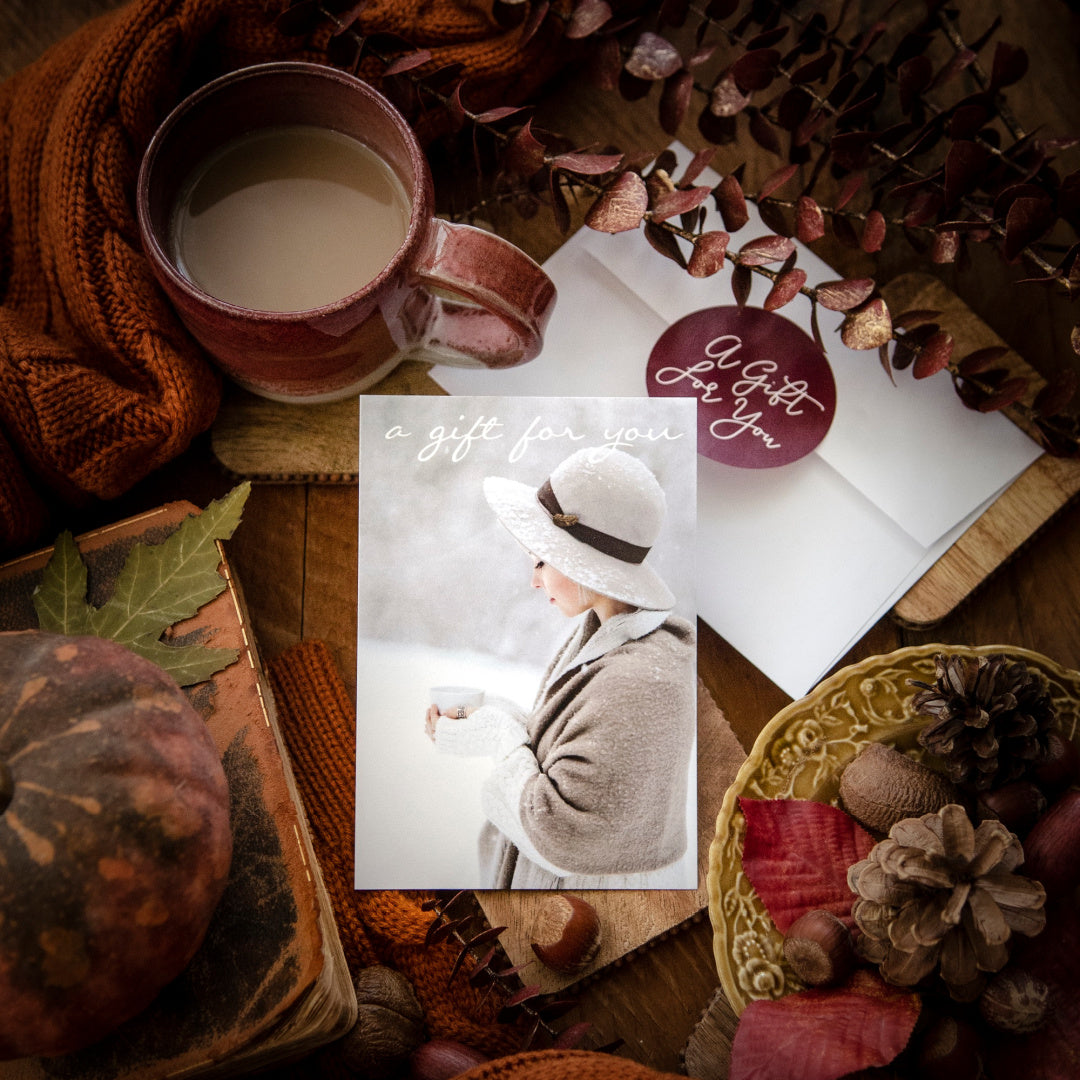
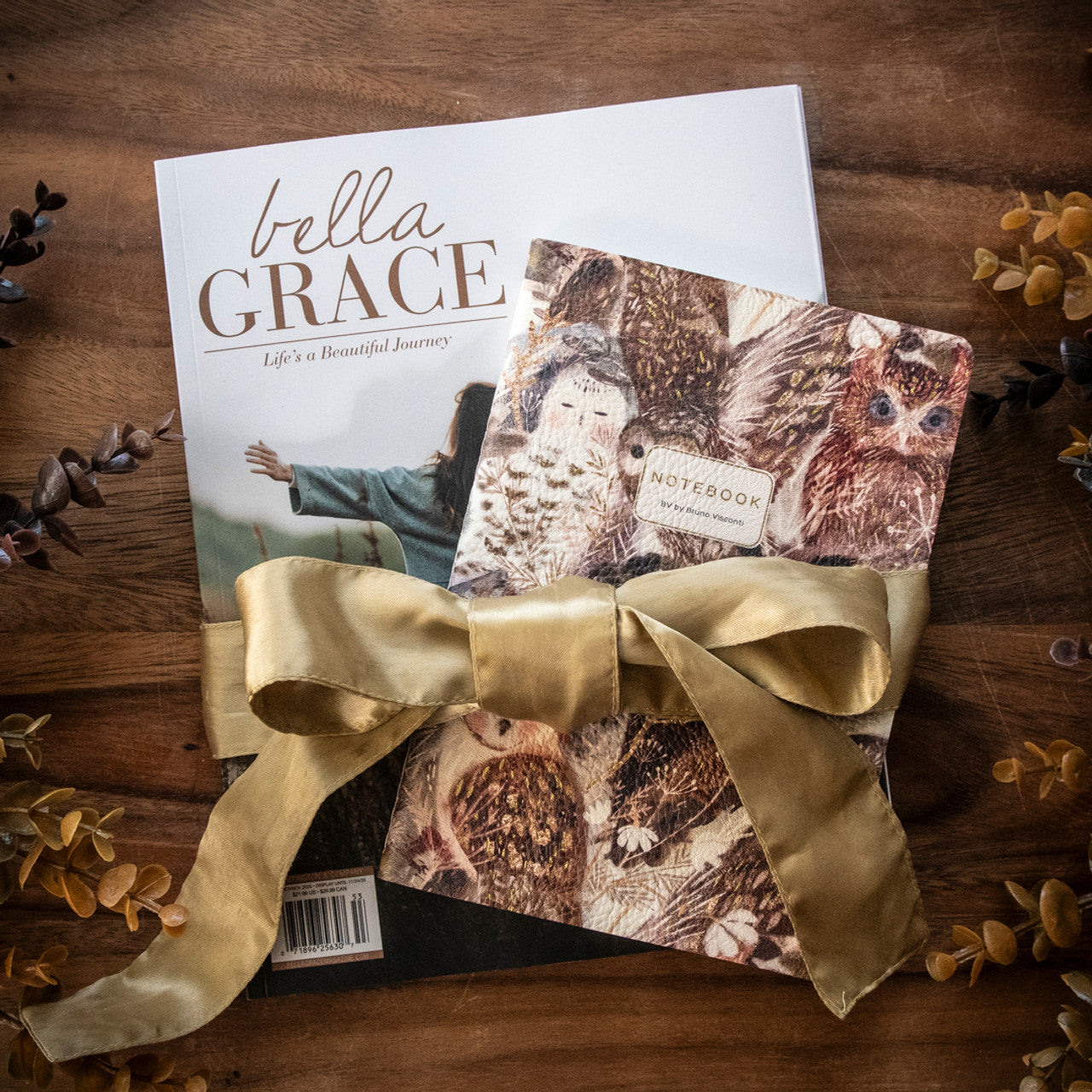
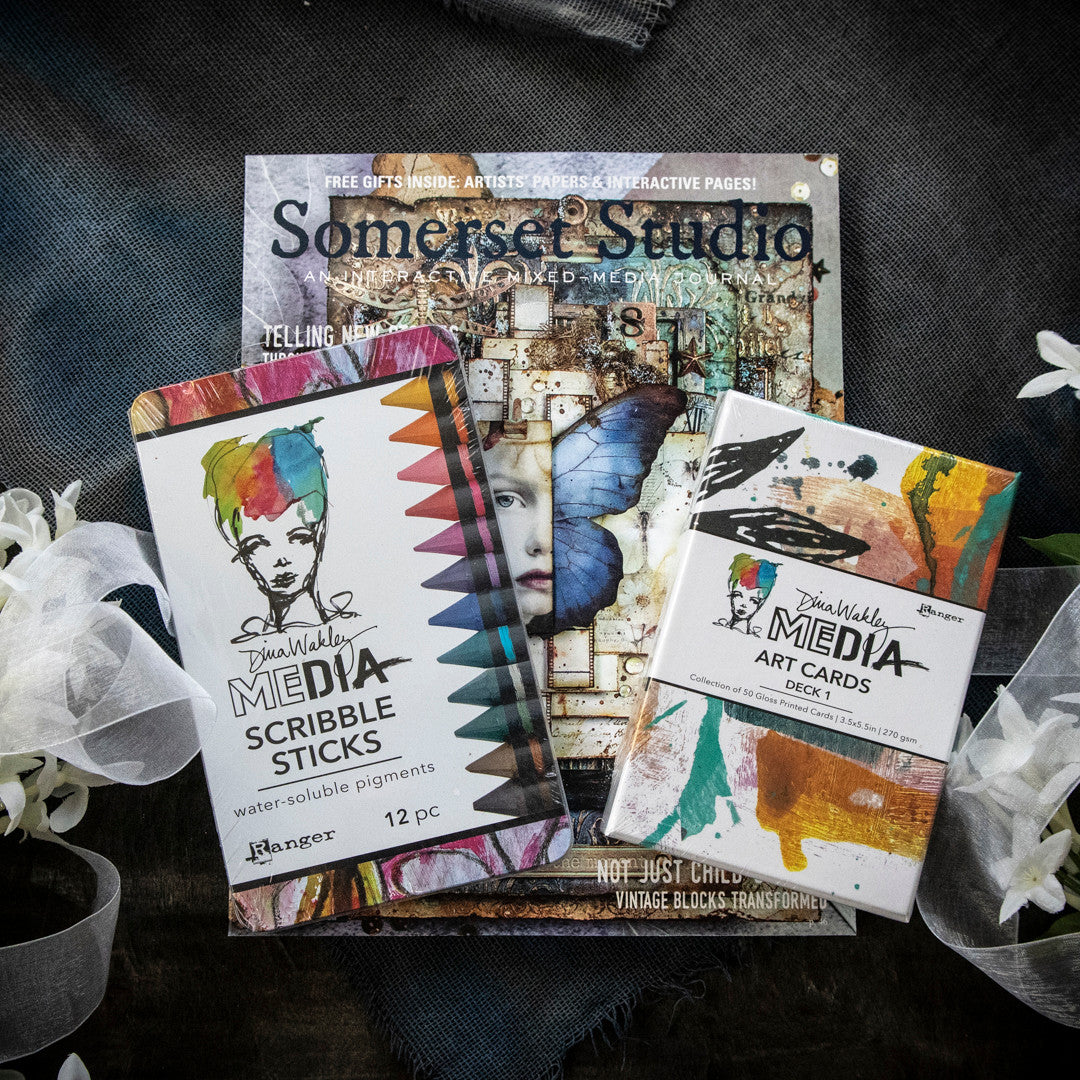
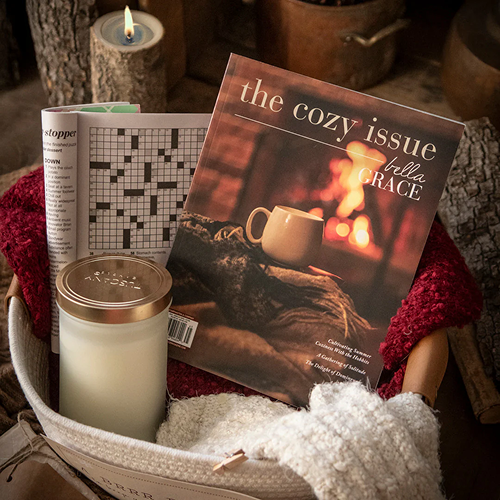

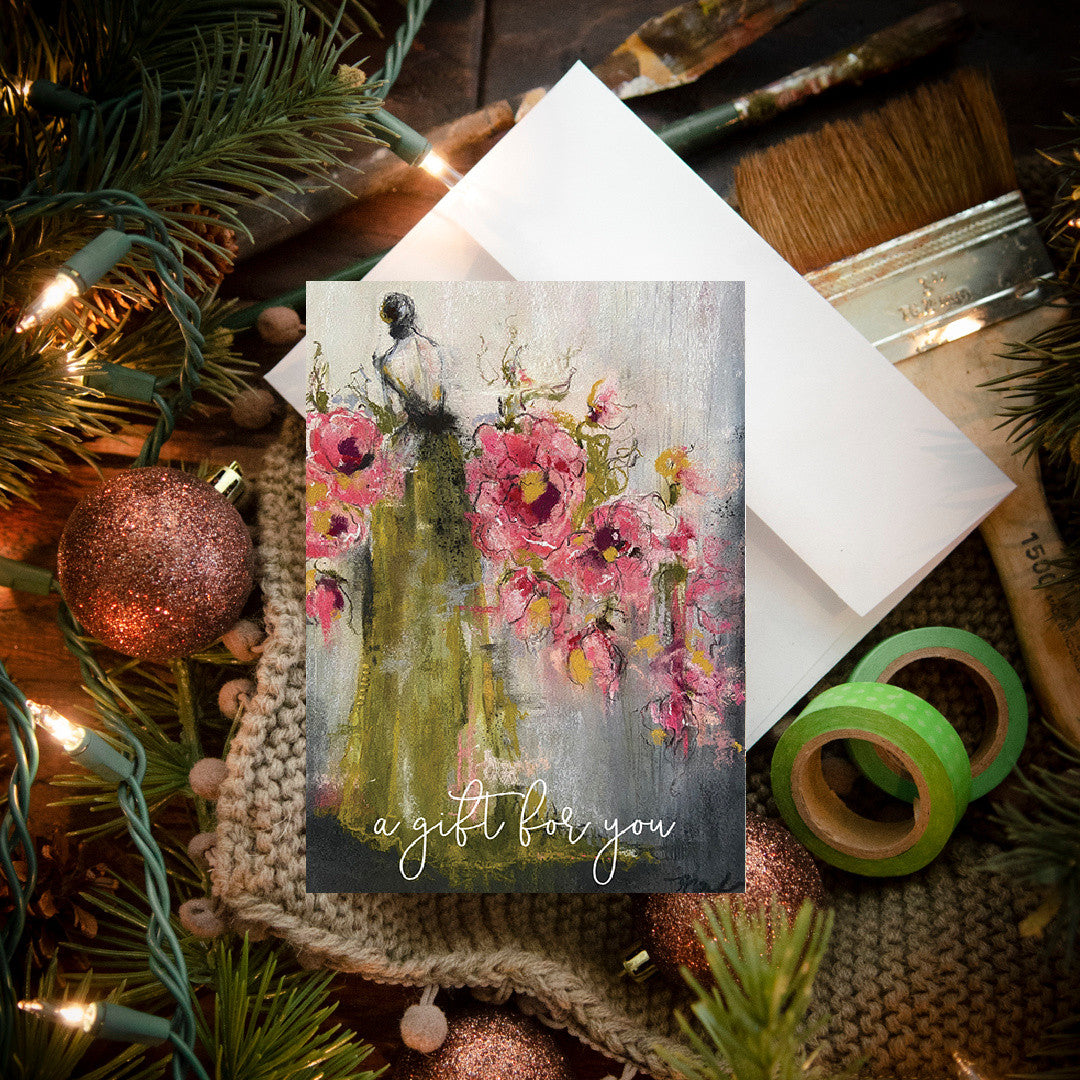

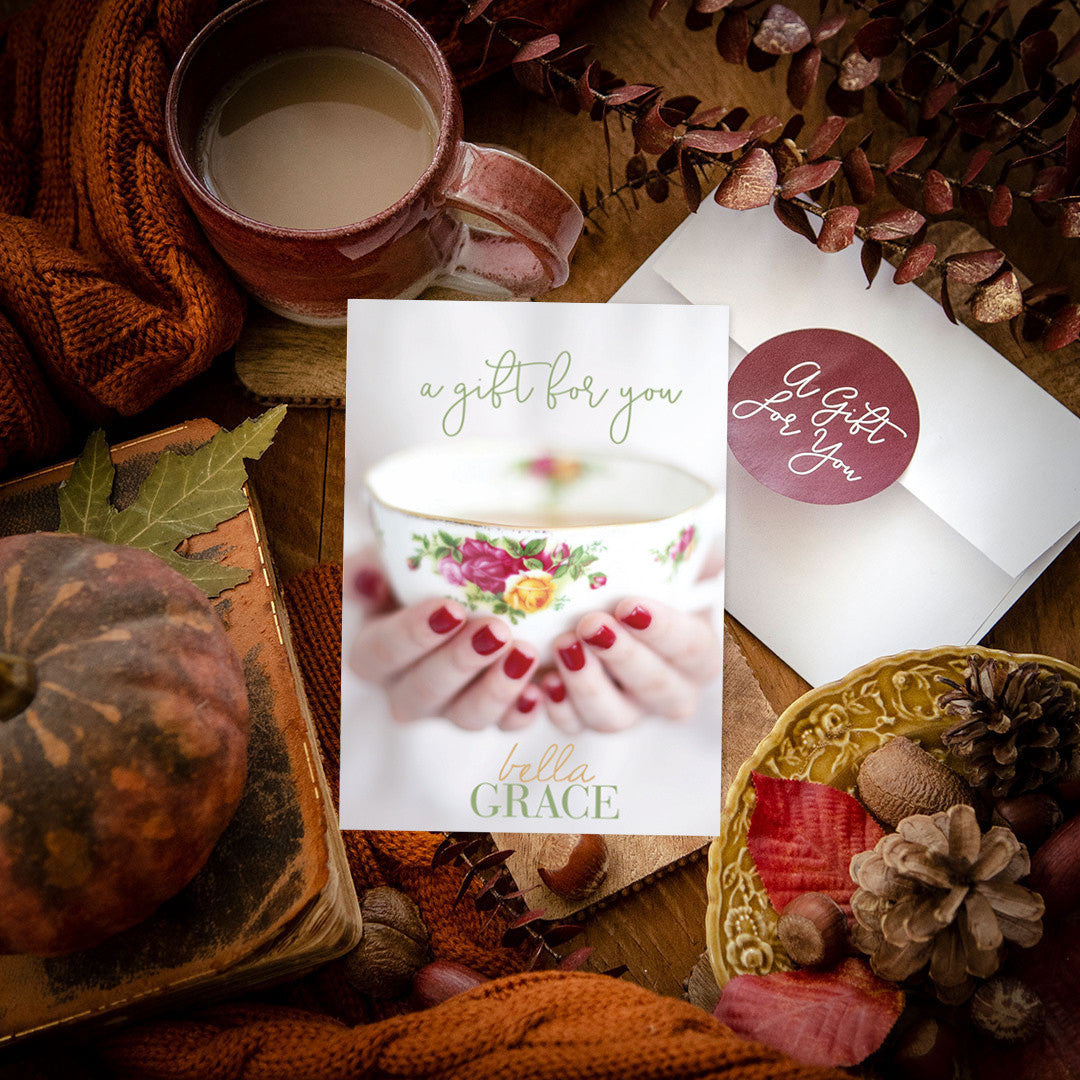
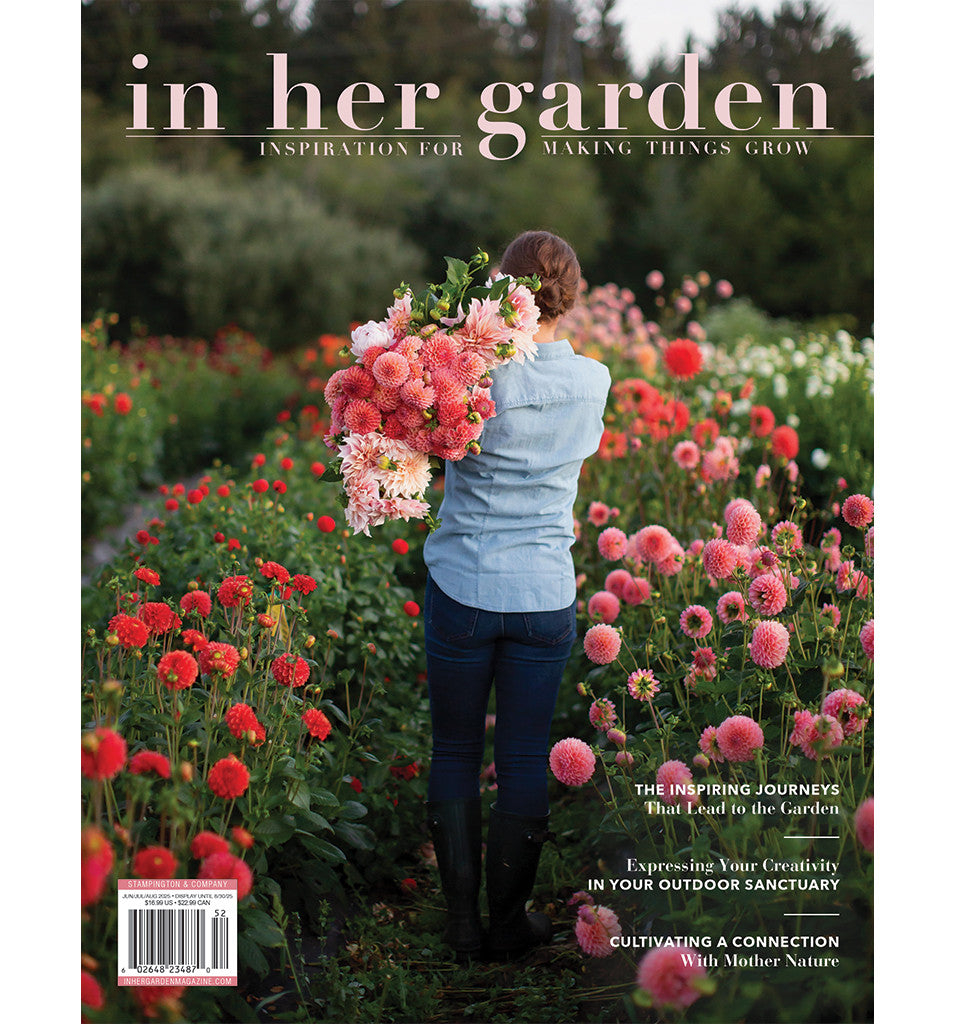

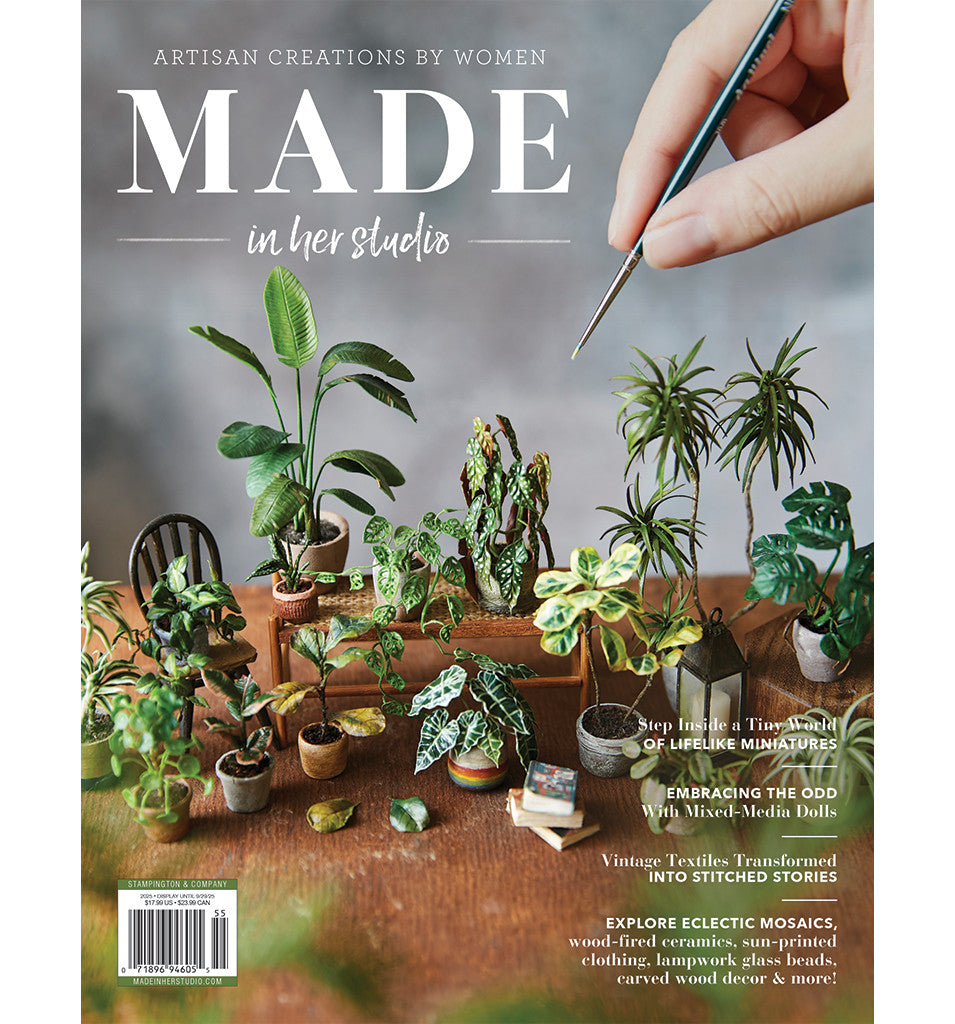
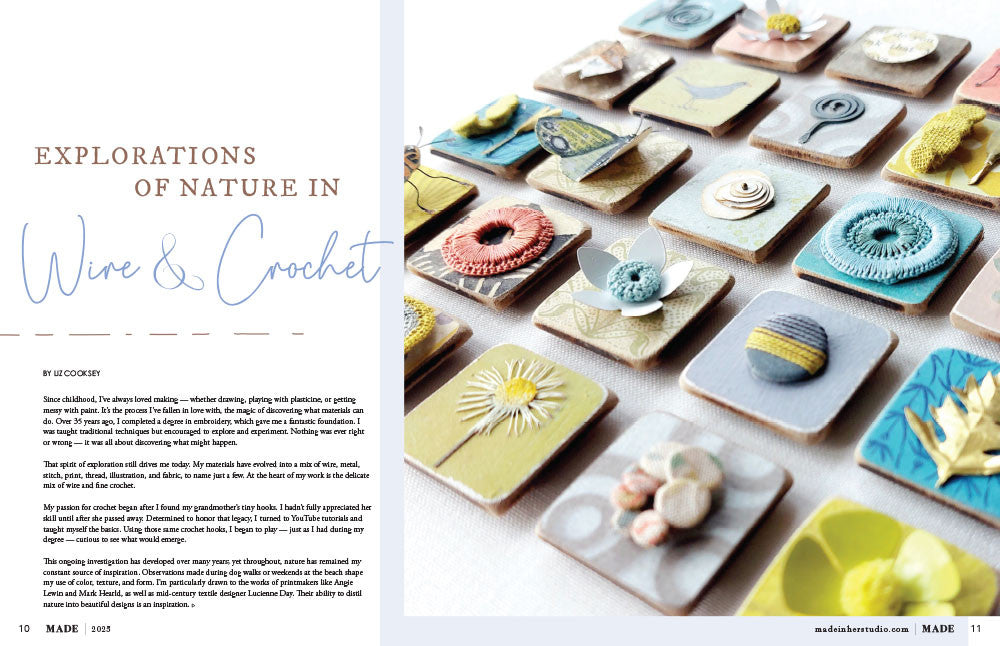
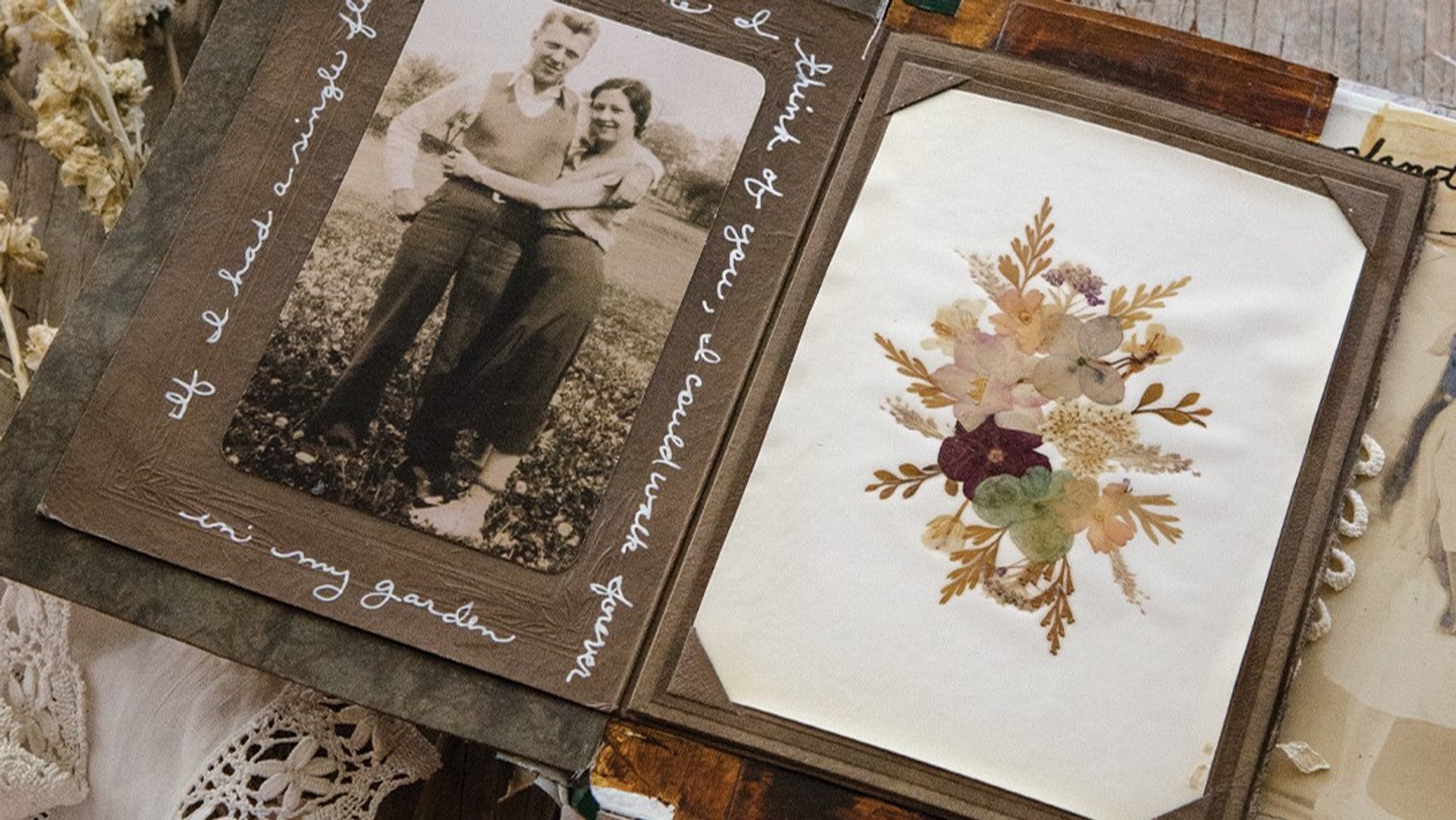




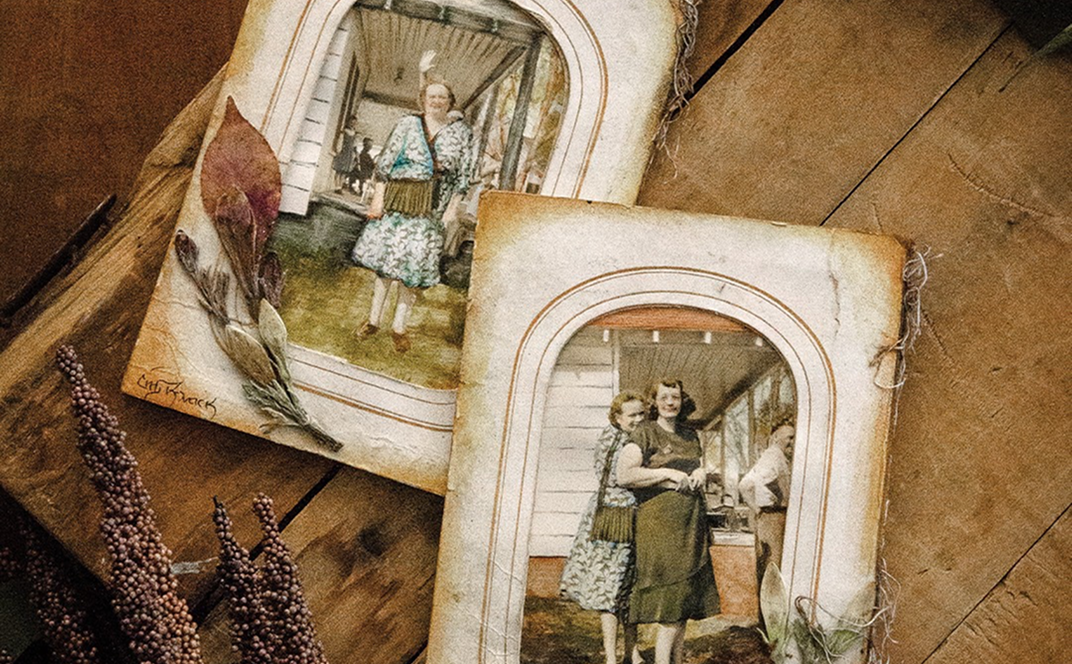
Leave a comment
All comments are moderated before being published.
This site is protected by hCaptcha and the hCaptcha Privacy Policy and Terms of Service apply.